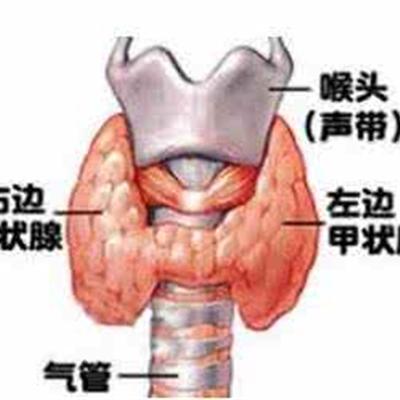General hearing test?
summary
What examination should deaf do? Do you understand? What tests can be done to detect deafness? Here are some tests for deafness.
General hearing test?
The external auditory canal and tympanic membrane were examined; Tuning fork test and pure tone audiometry were performed to find out the nature and degree of deafness. For children and uncooperative adults, objective audiometry, such as acoustic impedance audiometry, auditory brainstem response audiometry and cochlear electrogram, can also be performed.

Hearing test: watch sound test can be used. Before medication, the hearing was tested with a watch. During medication, the hearing was tested with the same watch. Pay attention to the position of the watch, every time should be placed in the same direction, and should not be close to the ear skin or the upper end of the bone, should make the watch from the auricle has a certain distance.

Vestibular function test: through the observation of standing still and gait posture, to determine the balance function of the head. In the static standing posture, the first choice is to stand with two feet together, then stand with two feet staggered, and finally stand with one foot, the latter is the most difficult. If the balance function is normal, it can be maintained for more than 10 seconds by standing. If the balance function is impaired, it is difficult to maintain standing, and it will soon fall to one side, swing left and right, or lean forward and backward.

matters needing attention
Walking test can be used to observe gait posture, that is to say, the examinee should walk forward in a straight line with eyes closed. Normal people can land their feet on both sides of the straight line, abnormal walking will have obvious deviation, walking unsteadily, just like walking after drunk. Generally, ten steps is enough to distinguish whether the walking is stable or not. Before this examination, we should know whether the examinee has physical defects. Patients with sequelae of poliomyelitis, hemiplegia and poor intellectual development are not suitable for this examination.













